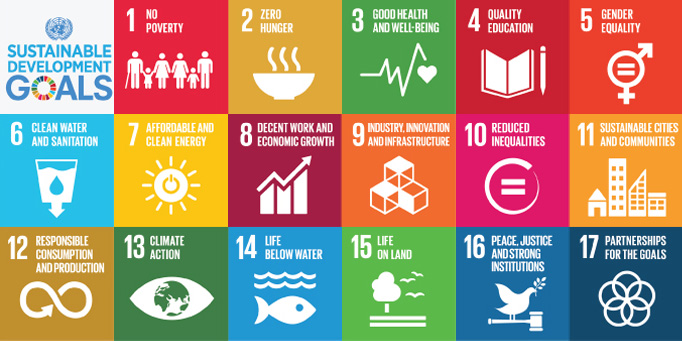Submitted by Sara Serradas Duarte on Sat, 23/09/2017 - 13:59
Conflicts are becoming more protracted and regionalised, inequality grows as populations do, and environmental disasters are on the rise. Humanitarian needs, both short- and long-term, will be acute and widespread. Over the next 15 years the aid sector will need to evolve and adapt.
Part of this change will be by partnering with “new” aid actors – the private sector, local NGOs, diaspora communities, and citizens’ solidarity movements – to approach issues from an interconnected perspective. Identifying the intersection between the problems we are faced with today and are likely to be faced with through to 2030 will be the only way for the aid sector to effectively deal with threats and vulnerabilities in fragile regions.
Challenges and changes ahead
The future of aid will be shaped by global changes. Firstly, and crucially, the impacts of climate change will continue to increase and affect: food security, water scarcity and access, crop yields, and rising sea levels (particularly endangering coastal urban populations).
A second certain trend is rising inequality worldwide which will permeate all aspects of life and society. The divides will be manifold: between those affected by climate change and those less vulnerable to shocks, those in capital cities versus those in rural areas, slum dwellers versus the middle classes of mega cities, all of which could result in even greater inequalities between populations deemed worthy (or not) of international support.
Last but not least: populations will be wealthier, living in urban centres, with extensive access to technology. In this environment, unconventional structures such as mega cities could play a pivotal role in global governance.
The power of words
In order to respond to these changes effectively it will be important for aid actors to move beyond traditional, limiting language and labels such as humanitarian versus development, for-profit versus not-for-profit.
We use the term humanitarian ecosystem to highlight the (increasing) diversity of actors involved in aid. Within this, we rely on the breakdown dichotomy between formal and non-formal actors. Formal actorsacknowledge humanitarian work as their primary purpose, respect traditional humanitarian principles, and aim to shape the institutions that govern and structure international humanitarian action. Non-formal actorscontribute to humanitarian action, and until recently operated on the periphery of aid. However, they are gaining influence and decision-making power, and could change the face of aid.
The militarisation of aid
National militaries have long been early responders to emergencies and many disaster-affected countries are increasingly training their militaries for humanitarian response. In numerous crises militaries have provided much-needed resources, skills and technical expertise while operations, particularly in natural disaster contexts, have received high praise. Having said this, the militarisation of aid (both national and foreign) raises concerns for the future of aid.
Since the 1950s, state and non-state armed groups have used “humanitarian intervention” as a justification for military action. Efforts made by armed forces at winning hearts and minds in conflict areas, alongside Western nations’ increasing will to privatise warfare, have provoked concerns about how this trend is impacting the delivery of aid. Critics argue that the blurring of military and humanitarian agendas is eroding the perceived neutrality of aid actors, reducing access to affected populations and confusing the international laws of war regarding protection.
The rise of faith-based actors
Local and faith-based organisations are moving centre stage. The reason for their rise is twofold: the importance of religion and religious networks in regions plagued by protracted and endemic crises, and the fact that faith-based organisations benefit from a large and stable funding base.
There is, however, an uncertainty associated with this trend: with the rise of violence and conflict perpetrated by groups claiming religious agenda, faith-based organisations could be seen to be aligned. This perceived association would be detrimental to their growth and could have direct negative consequences on the reputation, image, and credibility of these humanitarian actors.
The future of INGOs
The next decade will be crucial if INGOs want to remain a valuable part of the humanitarian ecosystem in 2030. Opportunities and challenges lie ahead, and INGOs will need to be strategic in how they are innovating in their own structures to promote a more inclusive humanitarian ecosystem for the future.
Concretely, INGOs will need to:
- Consider how they can amplify the impact of other actors in the sector, contributing through collaboration;
- Optimise their activities through restructure, reorientation and/or partnership;
- Be prepared to challenge vested interests in the humanitarian ecosystem, including their own.
This blog is based on research from The Future of Aid, a foresight study on the future of aid through to 2030. It looks at current trends, presents 4 scenarios for the future, categorises crises that are likely to occur in the next 15 years and lays out 5 organisational profiles for INGOs to implement to ensure relevance through to 2030.
Please find the article here.


